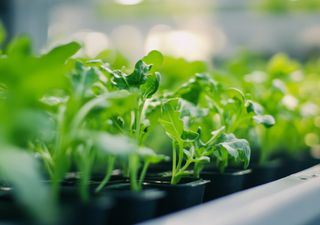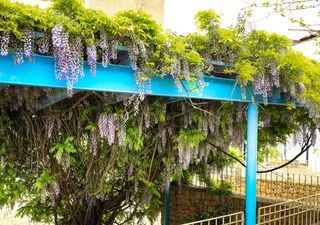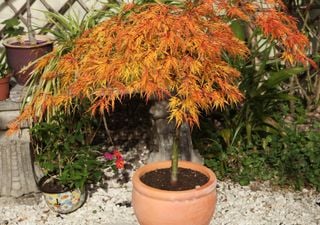Discover the Secrets of Aloe Vera: Learn How to Grow and Enjoy the Benefits of This Incredible Plant
Learn how to grow aloe vera at home with practical tips on planting, care, and harvesting, and discover how to maximize the therapeutic and cosmetic benefits of this versatile plant.
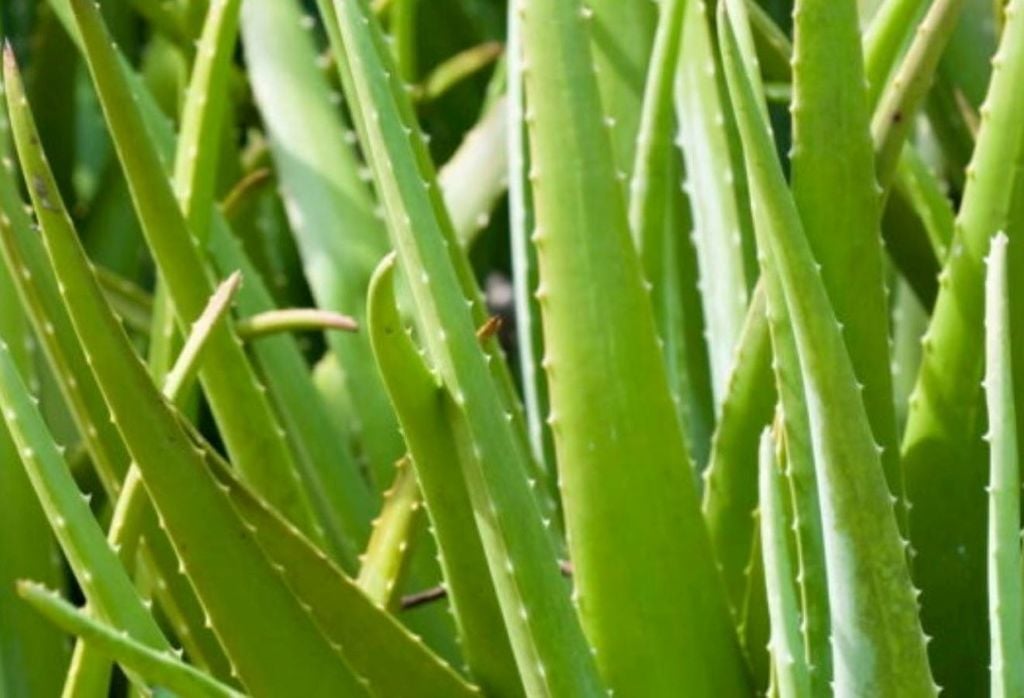
Aloe vera is a succulent plant known for its numerous therapeutic, aesthetic, and nutritional properties. Easy to grow and low-maintenance, it adapts well to both gardens and indoor pots, making it ideal for beginner gardeners. Its gel is widely used in cosmetics, natural treatments for skin and hair, and has valuable medicinal applications.
For those who want to incorporate aloe vera into their daily routine, the first step is learning how to grow it properly. The plant thrives in sunny environments with temperatures between 64°F and 86°F (18°C to 30°C). It's essential to avoid humid or frost-prone areas. One of the main precautions is to ensure good sunlight exposure: aloe vera needs at least four hours of direct sunlight a day to grow healthily.
If you live in a colder or more humid climate, growing your plants in pots may be the best option. Place them near well-lit windows where they can get natural light. This will ensure the plant grows vigorously even indoors.
Soil, Climate, and Drainage: The First Steps to Successfully Growing Aloe Vera
To ensure optimal aloe vera growth, it's crucial to properly prepare the soil. The plant requires well-draining, slightly sandy soil with a neutral to slightly alkaline pH. This prevents water accumulation and root rot, a common issue with succulents.
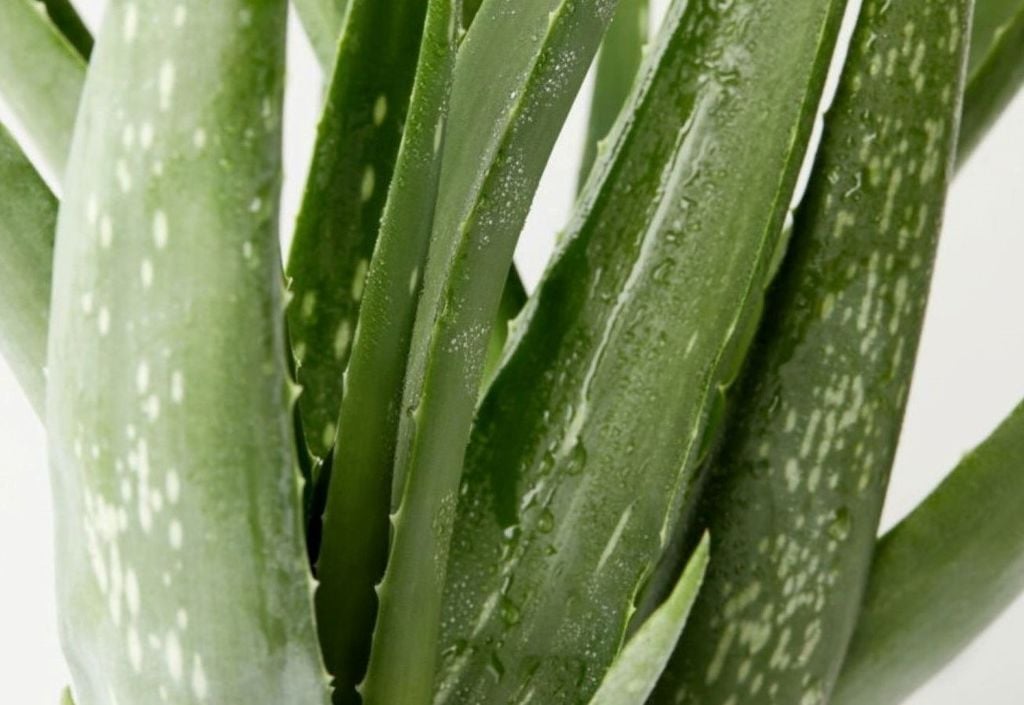
The ideal mix is two parts soil, one part coarse sand, and one part organic compost. If growing in pots, use containers with drainage holes and add a layer of gravel or expanded clay before adding the soil. This simple step greatly improves drainage and reduces the risk of fungal diseases.
Aloe vera propagation is most efficient through cuttings or offshoots. These small plants grow around the mother plant and should be gently removed, including part of the roots. It’s best to let them rest for one or two days before replanting, which promotes healing and prevents infections.
Seedlings, Watering, and Essential Care: Everything You Need to Keep Your Aloe Plant Healthy
Growing from seeds is possible but not very practical, as germination is slow and requires specific care. Growing from leaves rarely works, since aloe vera typically doesn’t root this way. Therefore, always prioritize using seedlings for best results.
Another important care tip is to avoid water buildup on the leaves or in the plant’s center. Water should always be applied at the base and in moderation. Excess moisture can lead to fungal growth and the plant’s death.
Each Stage of the Aloe Vera Plant Requires Specific Care: Learn How to Harvest, Fertilize, and Replant It Correctly
Maintaining aloe vera involves simple practices such as pruning old leaves and repotting periodically. Every two or three years, it’s recommended to transplant the plant to a larger pot or separate the seedlings to encourage root development. Trim damaged leaves with clean scissors, always cutting from the base, to avoid wounds that may harm the plant.
The gel should preferably be harvested from the outer, mature leaves after about eight months of growth. Cut them near the base and use immediately, or store in the refrigerator for up to seven days. You can also freeze the gel for use in recipes, juices, or cosmetics.
Aloe vera gel has many uses: it has moisturizing, healing, anti-inflammatory, and antimicrobial properties. It can be applied directly to the skin to treat minor burns, acne, or irritations. It’s also great as a hair mask, strengthening the hair and hydrating the scalp.
News Reference
State of Minas Gerais. Discover the benefits of aloe vera and how to grow this powerful plant at home. 2025





